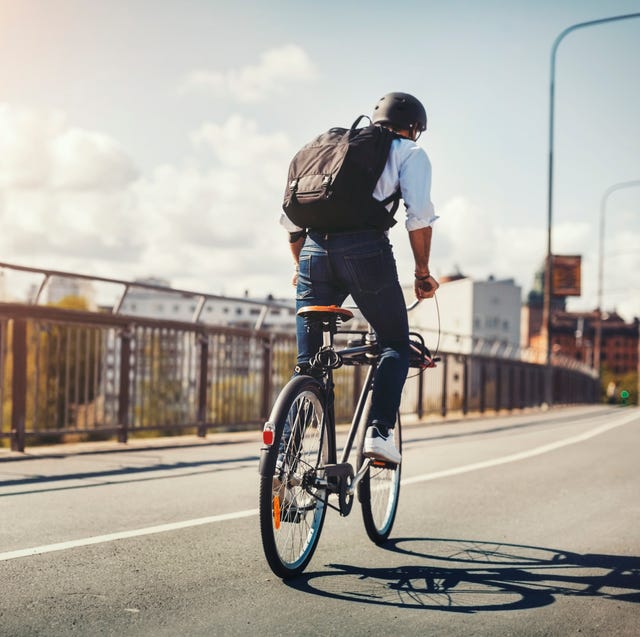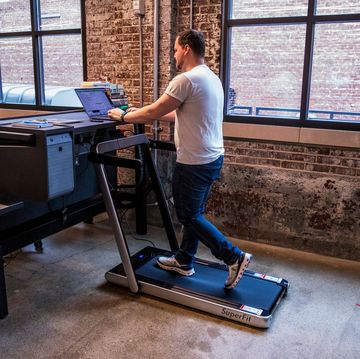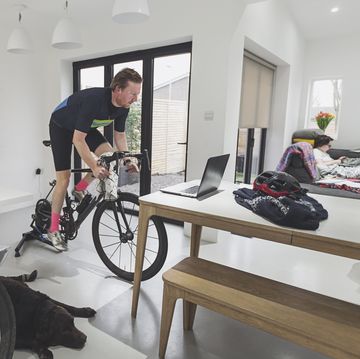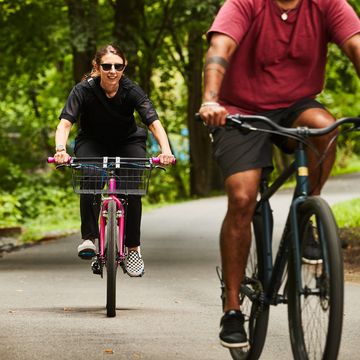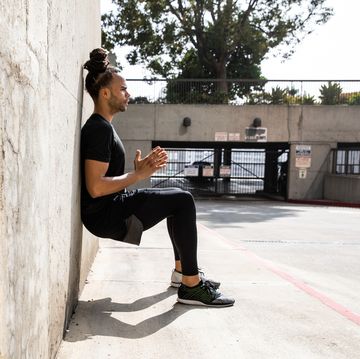- The longer your commute, the more days of work you’re likely to miss, according to a study on commuting and workplace productivity published in the Journal of Transport Geography.
- Workers who have shorter commutes and those who walk or bike to work are more productive and happier than long and car commuters.
- Middle-aged active commuters fared especially well, performing better at work than car or public transportation commuters.
How you get to work plays a role in how well you function when you’re actually there—and how likely you are to make it there in the first place, a new study published in the Journal of Transport Geography suggests.
In the study, researchers collected data from 1,121 full-time workers and daily commuters on their length of commute, mode of commute, days missed from work, and mood and productivity at work.
They discovered that workers with long commutes—more than 30 miles or 45 minutes one way—take more days off from work for any reason and also take more sick days than those with shorter commutes.
Being just a hop, skip, and a jump (or maybe a nice stroll or bike ride) away, on the other hand, makes workers happier, more productive, and miss fewer days of work. The researchers found that those who lived about a half-mile or so away from work had 36 percent fewer absent days than those commuting about 10 miles to their jobs.
Participants who lived shorter distances from work, as well as those who walked or biked to work, reported feeling more calm, relaxed, enthusiastic, and satisfied with their commutes and were more productive on the job than folks who had long commutes and those who drove in cars or took subways, trains or busses.
Middle-aged workers, in particular, especially benefitted from active commuting. Walkers and bike commuters between the ages of 35 and 54 had better self-reported work performance in the study than their peers who were stuck behind the wheel or took public transportation.
[Find 52 weeks of tips and motivation, with space to fill in your mileage and favorite routes, with the Bicycling Training Journal.]
Considering the reams of research showing that physical activity is effective at reducing depression symptoms, boosting immunity, and making your brain work better, it’s not terribly surprising that exercising as part of your daily commute could make you a happier, healthier, more productive employee.
The trick is making it work for you. If living closer isn’t an option, splitting the difference and driving part way and riding the rest is one strategy for making your commute more active and arriving to work in a more energetic, upbeat mood.
Walking or riding to public transportation is another way to ditch the car, which research shows is the most stressful form of transportation, and get more active commuting time.
E-bikes can also be a game changer for commuters, since they can dramatically reduce your commuting time over the same distance. For instance, one Bicycling staffer who lives 13 hilly miles away and would normally drive rather than ride nearly an hour, found he could knock his commute down to an easy 40 minutes by e-bike.
As more communities focus on becoming more walkable and bikeable and more ride share and other active transportation options become more viable, hopefully our workplaces will have a lot more happier, healthier, and more productive workers in the future.

